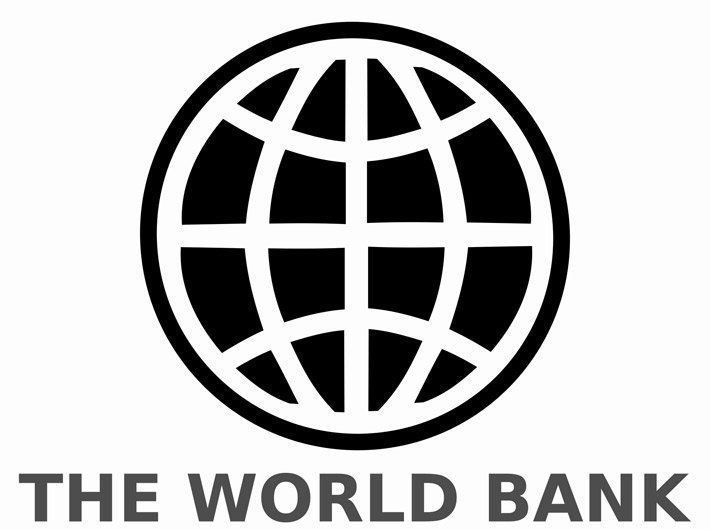Investment growth in emerging market and developing economies has tumbled from 10 percent in 2010 to 3.4 percent in 2015 and was below its long-term average in nearly 70 percent of emerging and developing economies in 2015, said two World Bank economists. They said that this slowing trend is expected to persist, and is occurring despite large unmet investment needs, including substantial gaps in infrastructure, education, and health systems.
In the blog “Investment slump clouds growth prospects” by lead economist Franziska Ohnsorge and Lei Sandy Ye, who is an economist in the World Bank's Development Prospects Group, they wrote that slowing foreign direct investment inflows and spillovers from soft activity in major economies was to blame for much of the slowdown in investment growth among commodity importing countries. Among commodity exporters, the loss of export revenues as a result of falling commodity prices, which hit energy exporters particularly hard, and mounting private debt burdens were important culprits. Political and policy uncertainty further sapped investment in several economies.
The blog said that a lingering legacy of the 2008-2009 financial crisis is that advanced economy growth has repeatedly fallen short of expectations. As growth and growth prospects have faltered in the advanced economies who trade and invest in emerging and developing markets, output growth in the emerging market and developing world has slowed as well. For every one percentage point that growth in the United States or Euro Area drops, emerging market and developing economy output growth falls by between 0.8 and 1.3 percentage points within a year. Investment is even more sensitive to major economy growth weakness: emerging and developing economy investment growth responds about twice as strongly to growth declines in U.S. and Euro Area as growth does, said the blog.
It noted that ironically, investment weakness comes during a time of exceptionally benign domestic (and global) financing conditions. Policy interest rates of advanced economy central banks are at or near record lows and, in several instances, negative. Private credit growth in about 30 emerging and developing economies was near or above levels associated with credit booms at some point during 2010-15. Historically, around 40 percent of credit booms have coincided with investment surges. However, similar credit booms since 2010 have brought rapidly rising consumption but not a surge in investment.
Weak investment growth is a serious concern because it undermines longer-term growth prospects and hampers efforts to alleviate poverty. By slowing capital accumulation and the technological progress embedded in investment, weak post-crisis investment growth has reduced potential output growth relative to pre-crisis rates.
Policymakers can tackle the problem head on or through indirect measures. For example, public investment in infrastructure and human capital could help raise demand in the short-run, increase potential output in the long-run and improve the environment for private investment and trade. Public investment would also help close investment gaps targeted by the United Nations Sustainable Development Goals.
